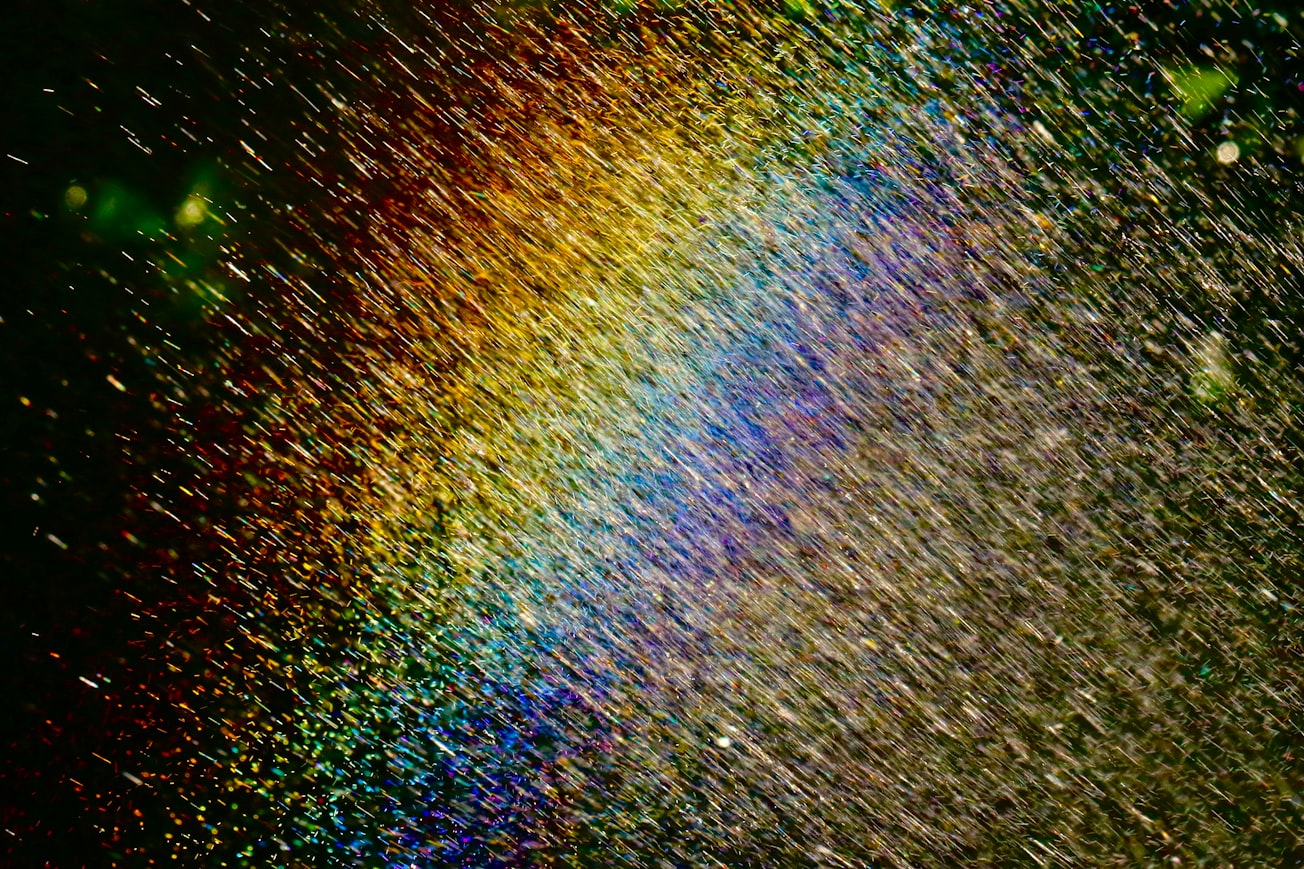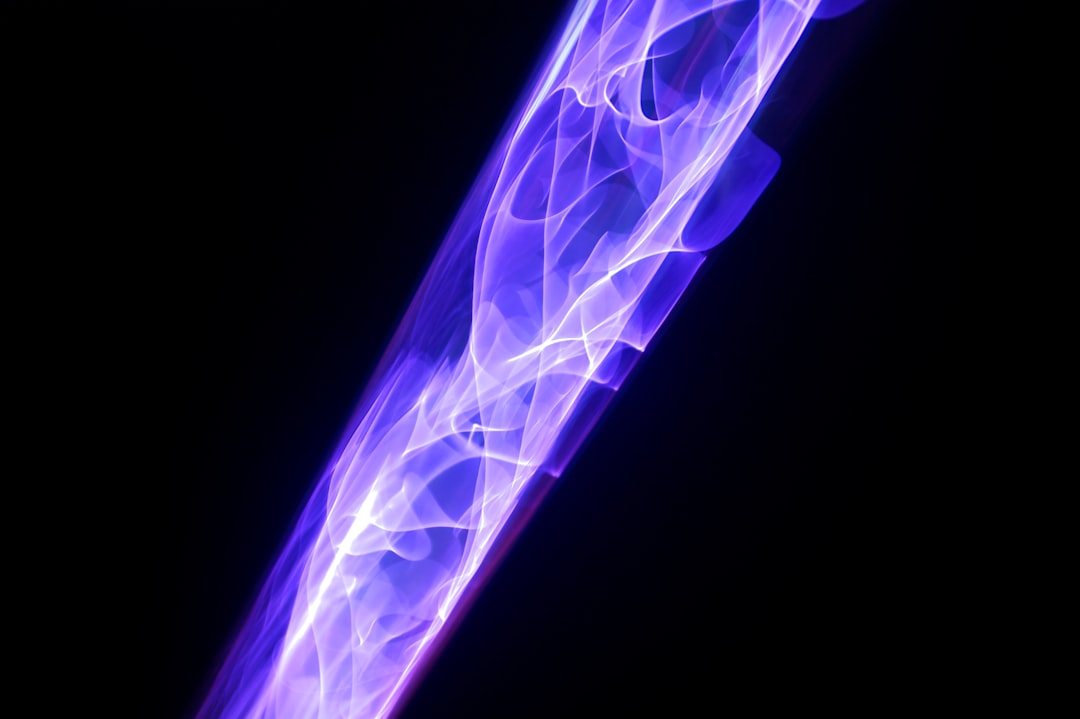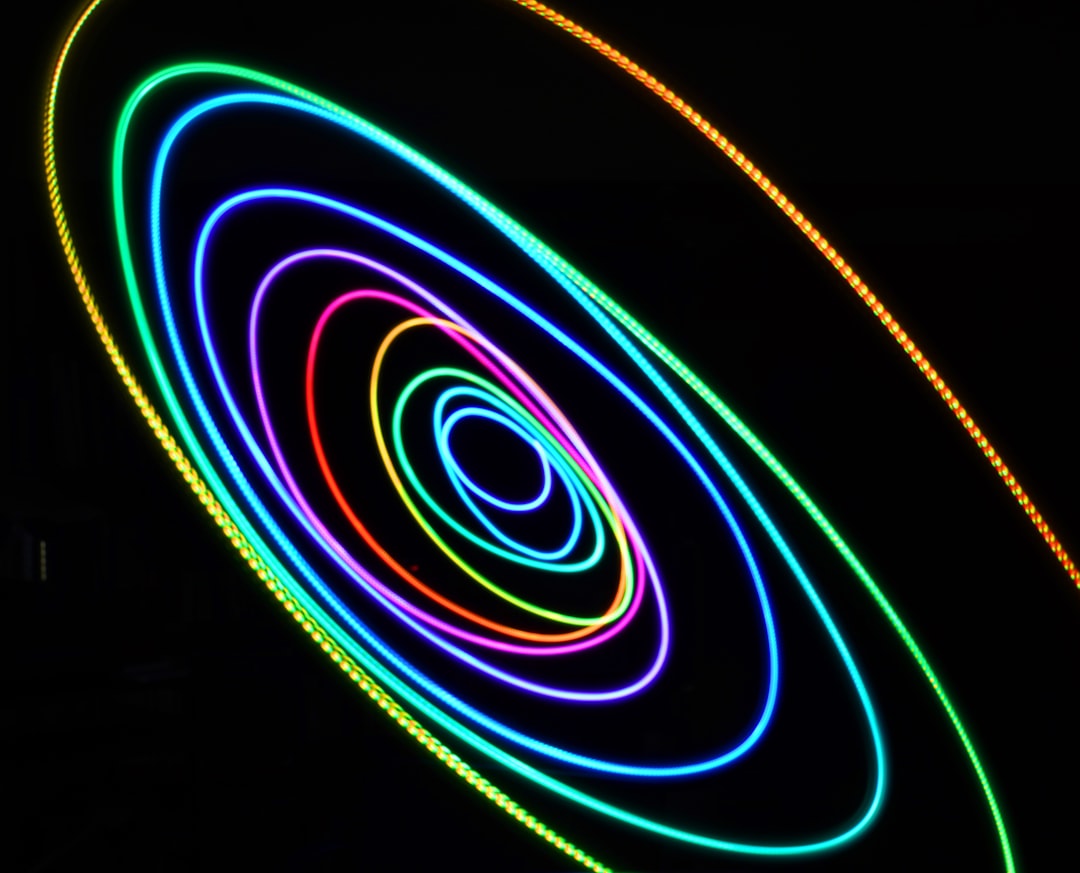What is it about?
In this manuscript, we develop, for the first time, a neural network architecture that performs real-life multifunctional optical elements designs to spectrally split and spatially concentrate incoherence broadband light for solar cells. The fast optimization time, combined with the excellent accuracy that we achieve here provides an experimental method that will advance the design of Micro and Nanostructures that aim to control spatial and spectral properties of light.
Featured Image

Photo by James Wainscoat on Unsplash
Why is it important?
The ever-growing needs for smart and multifunctional optical micro and nanostructures require innovative methods to overcome complex design challenges in diverse fields. With these optical structures, simultaneous control on spectral and spatial information of light can be performed, which is highly demanded in microscopy, holography, integrated quantum circuits, and especially solar energy. Diffractive optical elements promise superior functionalities, and the design of such a multifunctional optical element is an extremely computational demanding task that takes up to 90 days to optimize. Using a deep learning model we supervise to optimize diffractive optical elements that provide spectral and spatial control on light signal within 2 seconds.
Perspectives
We use deep learning to design a multifunctional surface that can split light into colors and concentrate. You don't need to calculate for days for such a complex task. We can measure and provide a result within 2 seconds.
Alim Yolalmaz
Middle East Technical University
Read the Original
This page is a summary of: Spectral splitting and concentration of broadband light using neural networks, APL Photonics, April 2021, American Institute of Physics,
DOI: 10.1063/5.0042532.
You can read the full text:
Contributors
The following have contributed to this page










